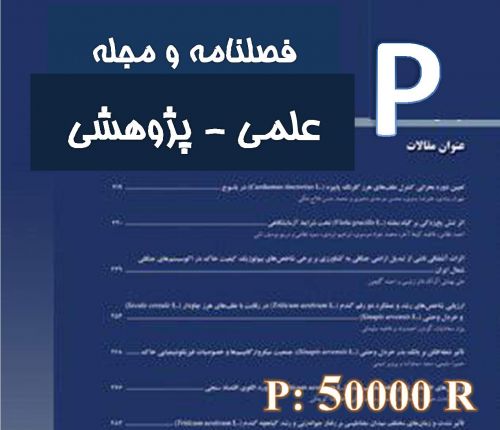Lack of understanding of the extension, education, and development practitioners’ role and their contribution to sustainable agriculture is the main challenge of sustainability projects in Iran. Accordingly, the aim of this study was to identify the extension system that has been more successful in sustainable horticulture. The population consisted of 22 pioneer farmers that had used or are using the services and/or consultations of both public and private extension experts in different ways. Based on census data, 20 farmers were studied. A questionnaire was used to collect the data. To determine the face and content validity, a panel of experts and to assess the reliability, inconsistency ratio was used (IR=0.03). Based on the five sustainability criteria, public extension system was identified as the superior system in the improvement of the sustainability of horticulture activities. Analytical hierarchy process based on the pair-wise comparison and the combination of the relative weights of sub-criteria and options showed that the public system is preferred over the private system, especially in ecological, cultural, and social dimensions. Given the relative superiority of the public extension system over the private extension system, it is recommended to use private extension system along with the public system as a supplementary system so as to gradually pave the way for assigning the authorities and activities to the private sector. Then, we can hope for the full privatization of agricultural education and extension system.
کلید واژگان :sustainable horticulture, public extension, private extension
ارزش ریالی : 600000 ریال
با پرداخت الکترونیک
جزئیات مقاله
- کد شناسه : 3161242791278840
- سال انتشار : 2018
- نوع مقاله : پذیرفته شده در مجلات علمی و پژوهشی
- زبان : انگلیسی
- محل پذیرش : International Journal of Agricultural Management and Development
- برگزار کنندگان :
- ISSN :
- تاریخ ثبت : 1399/11/16 12:08:32
- ثبت کننده : هادی مؤمنی هلالی
- تعداد بازدید : 243
- تعداد فروش : 0
